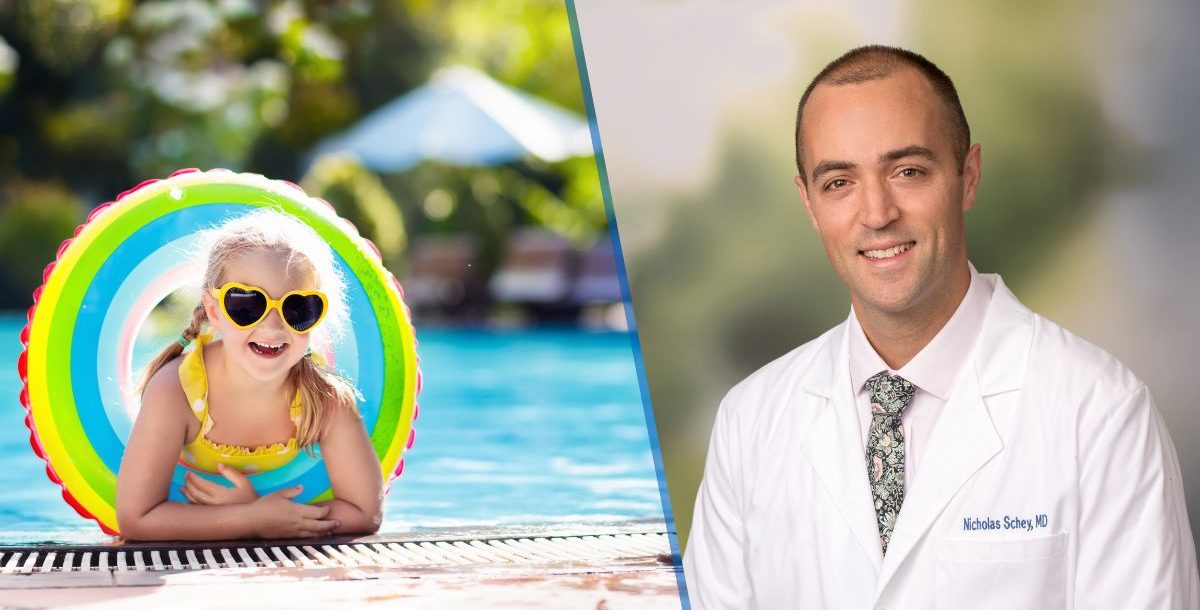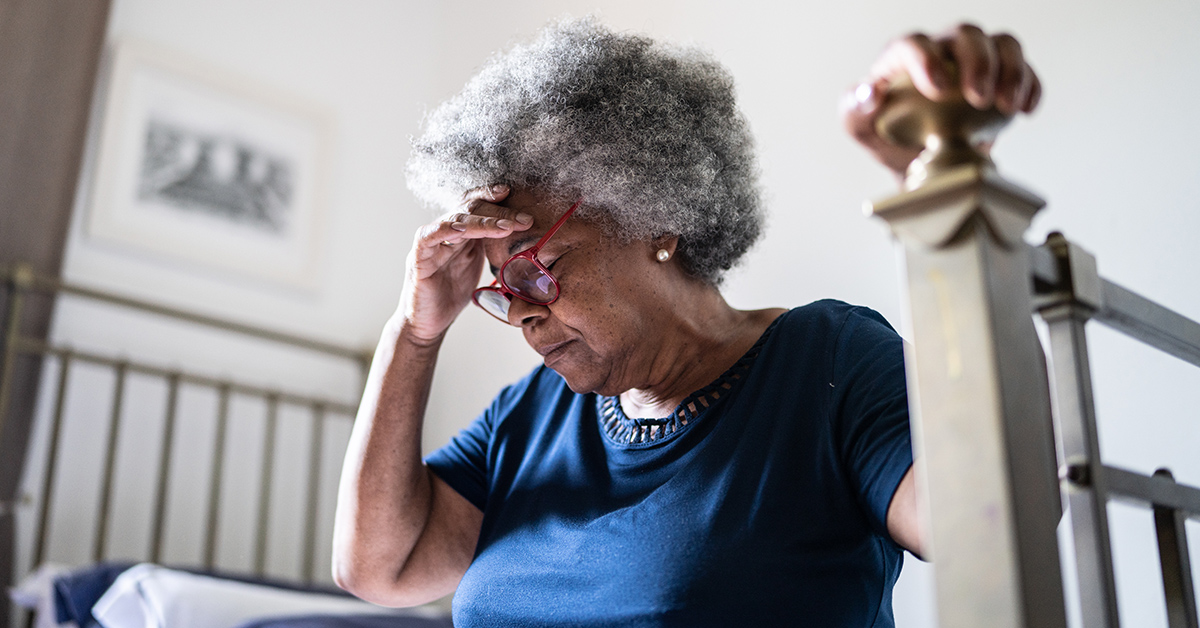Water safety is one of the most important summer safety tips you can follow when spending a warm summer day at the pool, lake or beach, with drowning being one of the top worries for parents. However, what you may not know is there’s still potential danger after your family gets out of the water – delayed drowning.
While this situation is rare, it is very dangerous. All parents and caregivers of children need to know what delayed drowning is and what signs to look for.
What is delayed drowning?
There are two kinds of delayed drowning: dry drowning and secondary drowning. They are also known as submersion injuries.
Dry drowning typically happens just after getting out of the water. Water enters through the nose or mouth and gets into the airway. This causes the vocal cords to spasm. The airway closes, making it difficult or impossible for the child to breathe.
In the case of secondary drowning, water gets into the lungs, causing swelling and inflammation. The child can’t get enough air into their body, so they have trouble breathing, and their oxygen levels decrease. This typically happens within 24 hours or so of being in the water.
Unfortunately, both types of delayed drowning can lead to death.
“So-called ‘delayed’ drowning is always preceded by a submersion event involving water getting into the airways. While it can happen fast, there will be some signs of breathing problems within six to eight hours of the event, which might include heavy or fast breathing, bad coughing, chest pain or shortness of breath,” says Nicholas Schey, MD, a pediatrician at Bon Secours Pediatrics of Mechanicsville in our Richmond market. “Therefore, if your child had an episode of choking or inhaling water while swimming, it’s important to keep an eye on them for several hours afterward, and if they are showing any symptoms, have them seen by a medical professional.”
Six potential signs of delayed drowning
While delayed drowning can happen to any child who swims, from infants to teens, it’s a rare problem. Even so, as a parent or caregiver, it’s important to know what signs and symptoms to look for.
They include:
- Coughing: It may be sudden and persistent.
- Chest pain: Difficulty breathing can cause pain in the chest where your child’s lungs are.
- Irritability and forgetfulness: When your child’s brain doesn’t get enough oxygen, it can impact their mood.
- Low energy: Your child may seem more tired and sluggish than normal if they aren’t getting enough oxygen.
- Vomiting: This may be due to persistent coughing, lack of oxygen in the body, inflammation or the body working hard to breathe.
- Breathing hard or trouble breathing: You may notice that your child’s nostrils flare, their chest heaves and their body shows signs that it’s working extra hard to breathe.
If your child shows any of these symptoms after swimming or boating, it’s important to see a doctor right away. If your child was submerged in the water at all and needed rescue, you should also see a doctor to make sure everything is OK.
Preventing delayed drowning
The best way to prevent delayed drowning is by following regular summer safety tips when your child is in or around water.
Supervise swimmers
Never let children swim without supervision. When they are in the water, assign at least one adult to be a “water watcher.” This person should be paying constant attention to the children, avoiding any in-depth conversations and not looking at their cellphone. It is also a good idea for parents to make sure they are CPR-certified.
“Many drownings happen with safety or supervision nearby, often because a supervising adult becomes distracted,” Dr. Schey says. “When children are swimming, have a dedicated adult supervising them who is free from distractions and not using drugs or alcohol.”
Fence in your pool
If you have a pool at home, make sure there is a fence around it on all four sides. The fence should be at least four feet high, non-climbable and should have a gate that closes and latches on its own. Pool covers, door alarms, window guards and pool alarms are all great additional layers of protection for children.
Teach kids to swim early
Consider teaching your kids to swim as early as possible to prevent all types of drownings and water injuries. Teaching kids to swim early can help prevent drowning. Sign them up for swim lessons if you can. However, children who aren’t yet confident, independent swimmers should always wear a flotation device like a swim vest.
How we can help
Despite taking all of the precautions to prevent a drowning incident, accidents still happen. If your child has trouble breathing or acts strange while swimming, take them to the emergency room right away.
It’s also important to keep in mind that babies, toddlers and younger children can suffer from delayed drowning and regular drowning in small amounts of water. Buckets, bathtubs, kiddie pools and any other water-filled items you may have around the house could be dangerous. Don’t leave your child around them without watching them.
“A child can drown in a matter of seconds in as little as an inch of water,” Dr. Schey says.
Learn more about the emergency care services we offer at Bon Secours.





